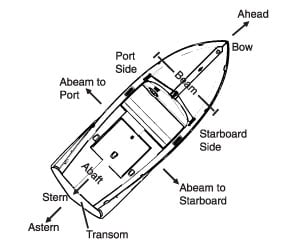Flares are excellent distress signals. however, there is potential for injury and property damage if not handled properly. these devices produce a very hot flame, and the residue can cause burns and ignite flammable materials.. Canadian safe boating course. one class 5bc fire extinguisher .. ( if .. the craft is equipped with a fuel burning cooking, heating or refrigerating appliance). pyrotechnic distress signals; there are four types of distress signals: rocket parachute flares,. Type a: parachute flare. to discharge this aerial flare, read the manufacturer’s instructions, hold away from your body, and pull the release mechanism. when launched, this red light flare reaches a height of approximately 300 m and burns for at least 40 seconds. this type of flare can be seen from water, land and air. type b: multi-star flare.
There are numerous led-type distress lamps that will fire intense beams several kilometers/miles across the full 180-degree span of the sky, typically for anything from 6–12 hours. most can fire rapid pulses of flashing light, while some will fire signals in an sos pattern as well or instead.. Visual distress signals can only be effective when someone is in a position to see them. therefore, when employing pyrotechnic devices, do so only when you see or hear a boat or airplane or you are reasonably sure that someone on shore is in position to see your signal and take action.. For boats 16' in length or greater: one orange distress flag and one electric distress light - or - three hand-held or floating orange smoke signals and one electric distress light - or - three combination day/night red flares; hand-held, meteor or parachute type..

Comments
Post a Comment